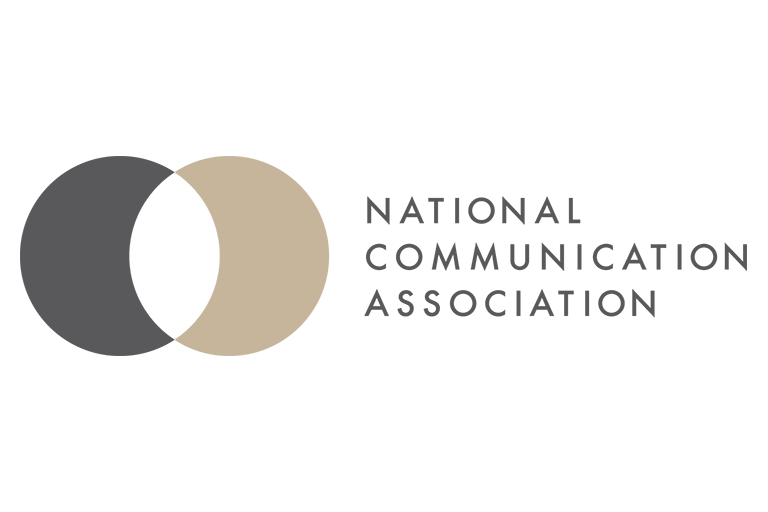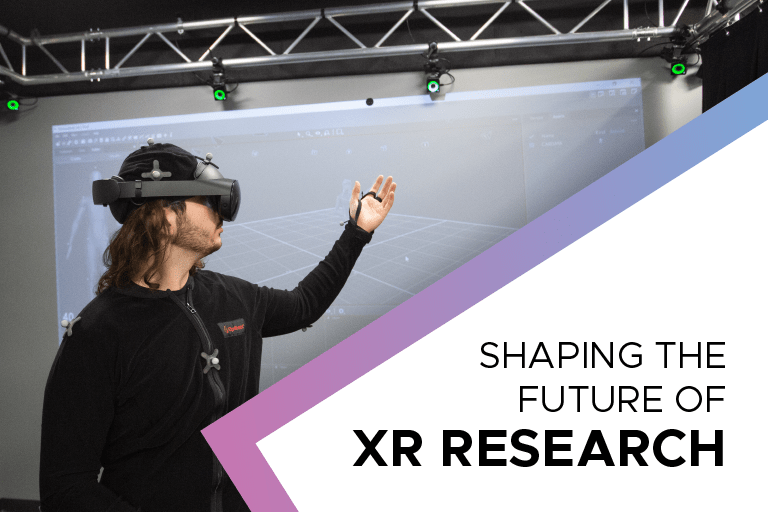Ralf Schmälzle

Associate Professor of Communication Science
Department
- Communication
(517) 353-6629
Bio
Ralf Schmälzle ("SHMAL-ts-lee", also known as 拉尔夫·舍马尔兹勒, राल्फ श्मेल्ज़ले, シュマルツレ, شمالتسلي, Шмальцле, Σμαλτσλε, שמלצלה, ช์มาเลทซเล) is an Associate Professor in the Department of Communication at Michigan State University, where he also serves as Graduate Director of the M.A. in Health and Risk Communication program.
Dr. Schmälzle is uniquely cross-trained in communication science, health psychology, and cognitive neuroscience. His research seeks to unravel the biological foundations of human communication by investigating how the brain — our most social but also most private organ — perceives, processes, and responds to persuasive messages in health, media, and interpersonal contexts.
At the core of his work is a passion for understanding how communication shapes the mind and behavior. Using cutting-edge tools such as functional Magnetic Resonance Imaging (fMRI), electroencephalography (EEG/ERP), and computational modeling, he studies how people engage with messages and how these messages can impact health, decision-making, and social behavior. He complements brain-based approaches with linguistic analyses, self-report data, and behavioral experiments.
As founder of the Neuroscience of Messages Lab and Co-Director of the CARISMA-lab (Center for Avatar Research and Immersive Social Media Applications) he creates an interdisciplinary learning environment for students and scholars interested in bridging communication research with neuroscience, psychology, and emerging technologies. His recent work explores the integration of artificial intelligence (AI), virtual reality (VR), and immersive environments to study message reception and social interaction in more naturalistic and dynamic ways.
Driven by both scientific curiosity and a commitment to advancing communication for public good, Schmälzle’s work contributes to a new frontier where communication science, neuroscience, and AI intersect — helping us better understand not only how we communicate, but how it feels, works, and changes us from the inside out.
Roles
Associate Professor: Department of Communication, Neuroscience of Messages Lab (NOM) nom.cas.msu.edu
Director of the Health and Risk Communication M.A. program comartsci.msu.edu/hrcma
Co-Director: Center for Avatar Research and Immersive Social Media Applications (CARISMA) carismalab.com
Core Leader: Health and Risk Communication Center (HRCC) hrcc.cas.msu.edu
Personal Website: ralfschmaelzle.net
Thematic Research Areas
Research Centers and Labs
Research and Teaching
Research Topics:
- Media Neuroscience: Motivational Response to Media
- Neuroimaging of Health and Risk Communication
- Virtual Reality (AR/XR) and AI Intersection
- Neurocognitive Foundations of Mass Communication Campaigns
Courses Taught:
- Introduction to Cognitive Science (CAS/LIN/PHL/PSY 463)
- Neurocognitive Communication (CAS 992)
- Media Neuroscience (CAS892)
- Special Topics Neurocognitive Communication (COM399)
- Special Topics Health Communication (COM302)
- Public Communication Campaigns - Design and Analysis (COM475)
- Mass Communication and Public Health (CAS825)
- Think Tank: Communication as a Dynamic Process (CAS892)
- Social Influence and Conflict (COM325)
Thematic Research Areas
Neurocognitive Communication - Communication Neuroscience
Media Psychology
Research Centers and Labs
Health and Risk Communication Center
Neuroscience of Messages Lab
Carismalab (Center for Avatar Research and Immersive Social Media Applications)
Related Work

ComArtSci Hosts Third Annual International Summer School Conference
Read more

ComArtSci Faculty and Students to Present Research at International Conference
Read more
Using Neuroimaging to Find Out What Makes a Good Story
Read more

How Social Networks Affect Our Brains
Read more

The Link Between Brain Activity and Social Networks
Read more

NCA 108th Annual Convention lineup for ComArtSci researchers
Read more
